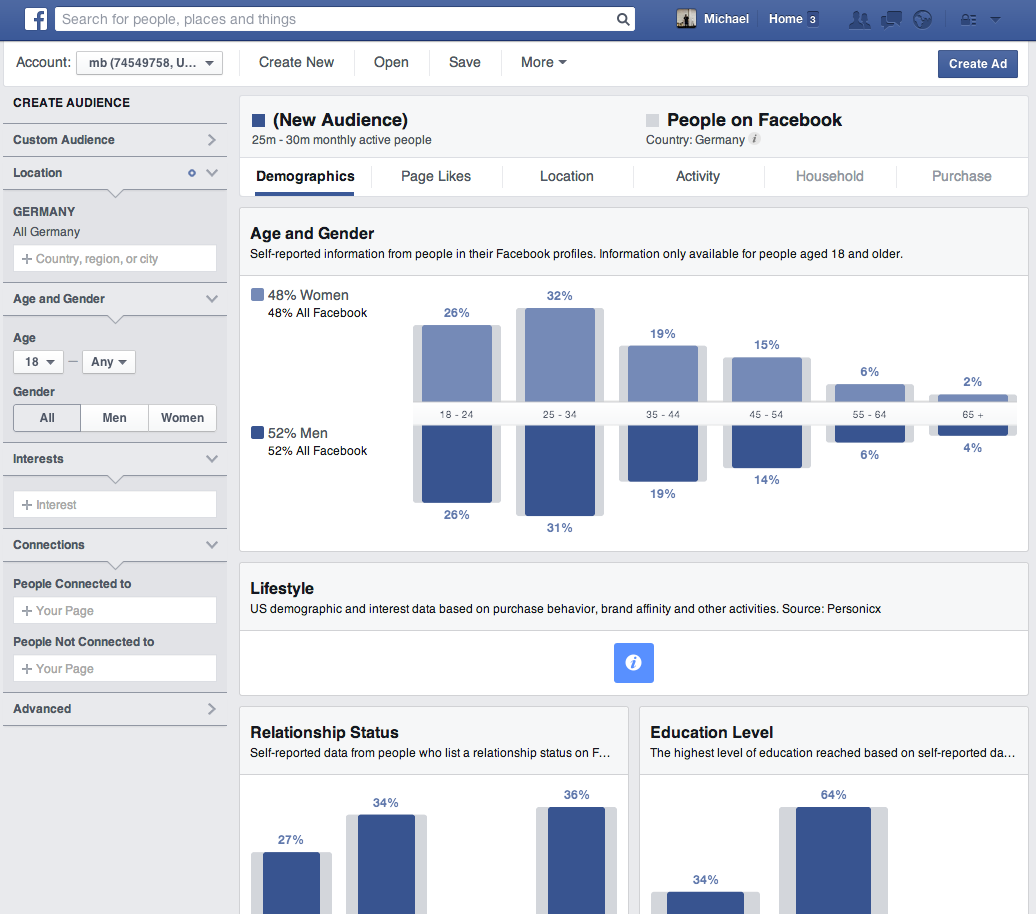Targeting: Precise targeting – definition, techniques and advantages
Targeting stands for precise addressing of target groups in online marketing. The most important prerequisite for this is the determination of the target group in the preparation phase of each advertising campaign. With the latest technology on the Internet, you can target your online campaigns to specific target groups. There are a number of techniques for target group narrowing for this purpose.
Targeting techniques at a glance
Here you can see an overview of some targeting techniques:
- Regional targeting
Regional targeting is country and region specific advertising based on the user and their geographic origin.
- Keyword Targeting
Keyword targeting displays online advertising based on general search engine queries or business search engines.
- Context targeting
Context targeting delivers online ads based on clicks initiated in the editorial environment.
- Technical targeting
Technical targeting is based on technical information (browser, operating system, DSL speed, etc.) that is used to control online advertising.
- CRM Targeting
CRM targeting positions advertising media based on existing customer data. This customer data comes directly from the CRM system of the respective company.
Categories in targeting
It depends on the medium which categories are available. Here are the most important ones:
- Gender
- Age
- Location
- Country
- Language
- Income
- Education level
- Interests
- Relationship status
Advantages of targeting
Targeting brings the following advantages:
- Low wastage due to precise definition of the target group
- Increase conversions and leads
- Strengthening brand image and brand loyalty
- Cost savings due to minimized wastage
- Slope of the turnover
Targeting explained in brief
Targeting explained quickly:
- Precise targeting
- The most important prerequisite is target group identification












